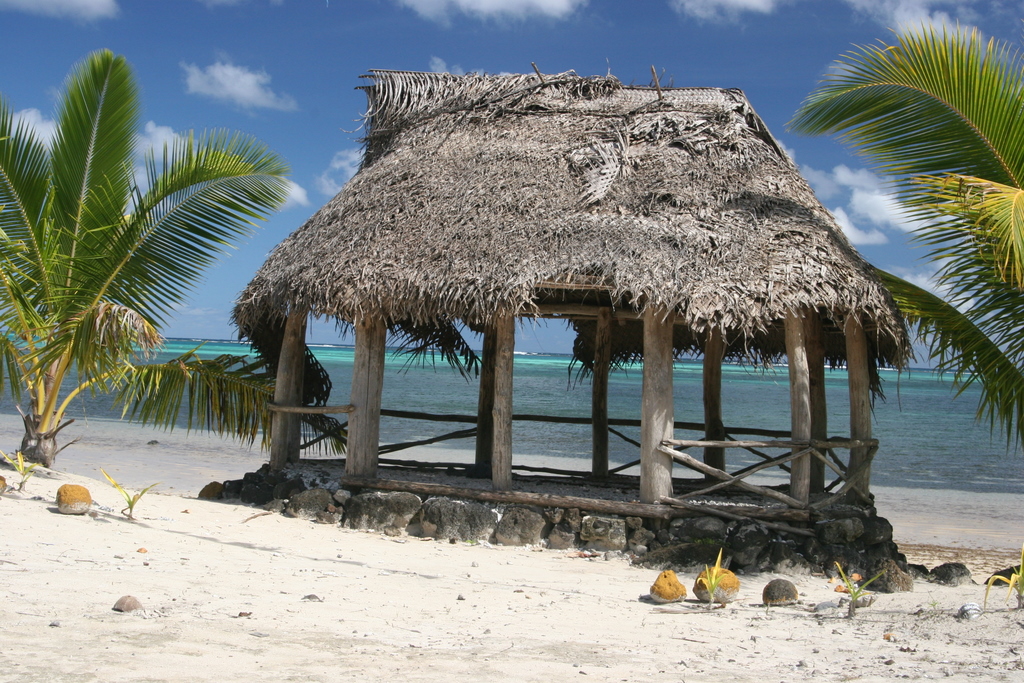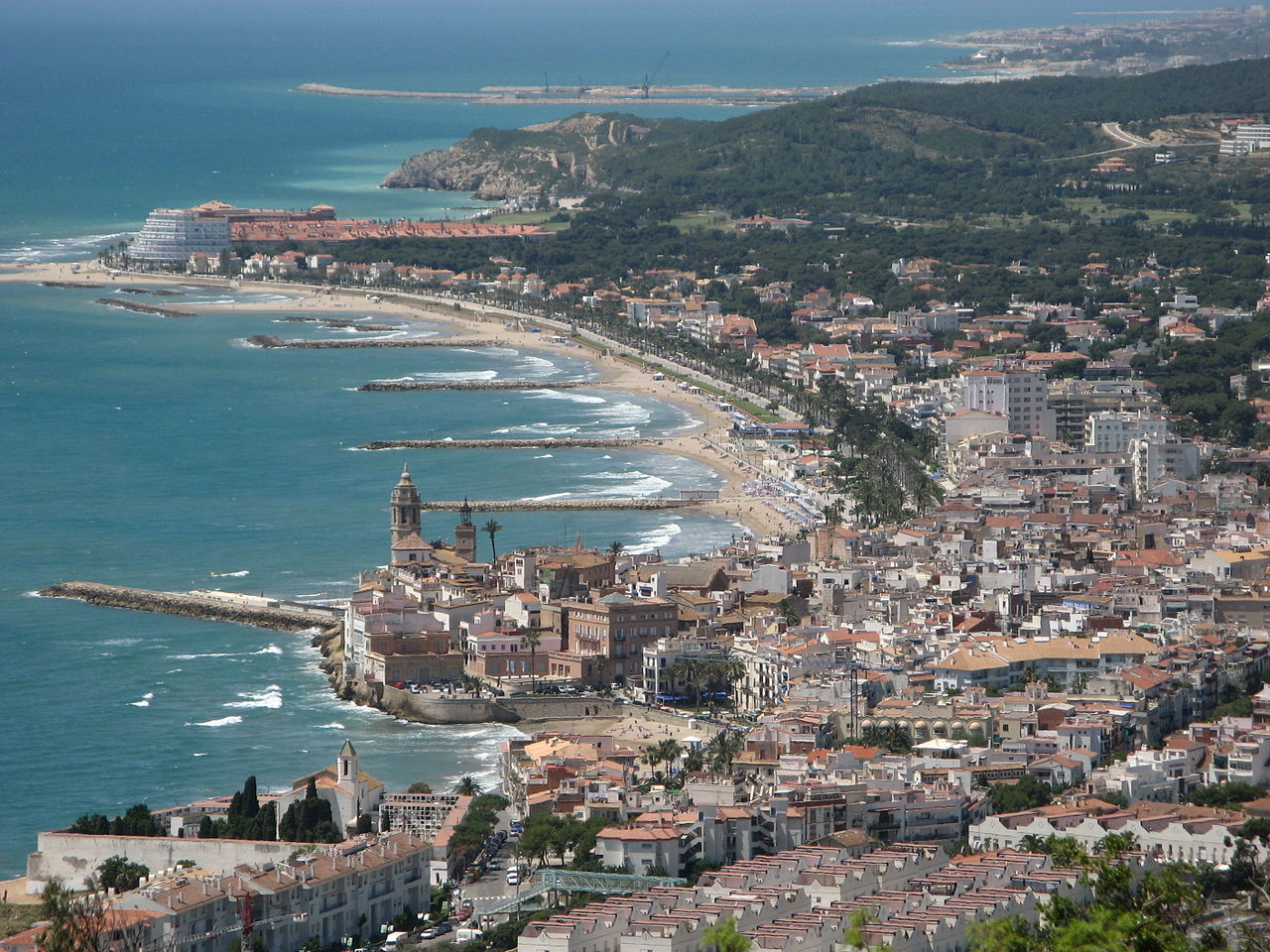I'm upset and disappointed that my post last week didn't post. Now I'm way out of context. Well, I'm reposting it anyway.
the Ria de Vigo, the southernmost of the Rías Baixas.
This is linguistically interesting. Río and Ría look similar, but they are different words. Río, meaning river, is a fairly well-known Spanish word, as in the Río Grande (literally, "Big River") that forms so much of the US/Mexico border. Ría is harder to explain, but its nearest equivalent seems to be the Scottish term firth.
Baixa shows the influence of Portugal. In Spanish, baja means lower, as in Baja California, literally "Lower California." Baixa is the same word in Portuguese, as in Beira Baixa, that is, "Lower Beira."
So we have, essentially the Lower Firths, but with a Portuguese word even though it is in Spain.
de respiración por nariz y aspiración por la boca o viceversa indistintamente
Literally, it says "for nasal respiration and oral aspiration, or vice versa interchangeably. So it would seem that snorkelers of that time thought of respiration and aspiration as two different aspects of breathing.








